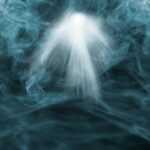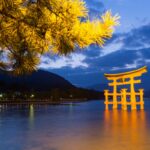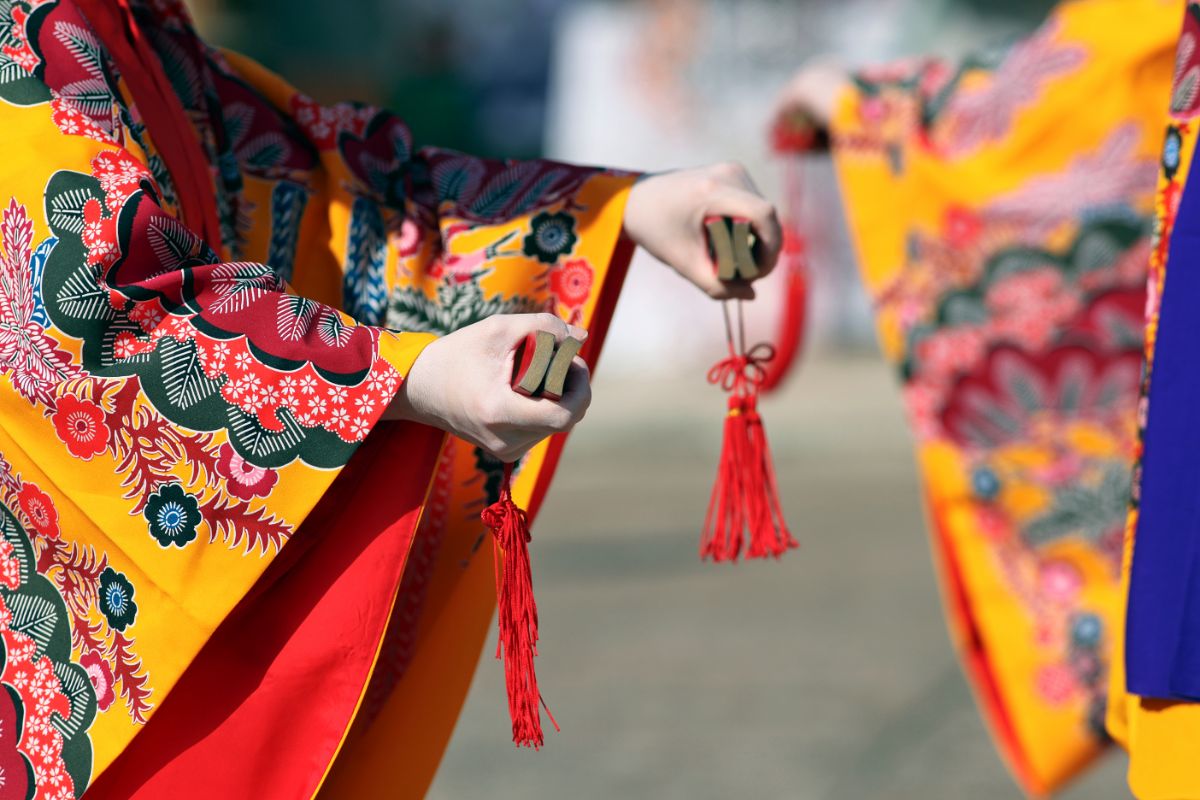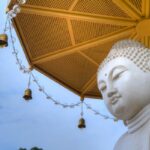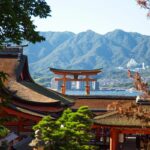The primary belief system in Japan is known as Shinto. This is not technically a religion, as it is seen more of a way of life than an actual belief. Because of this, Shintoism has happily coexisted with Buddhism in Japan for hundreds of years.
In this belief system, there are a number of core beliefs, including harmony, importance of purity, respect for nature, family respect, and subordination of the individual before the group.
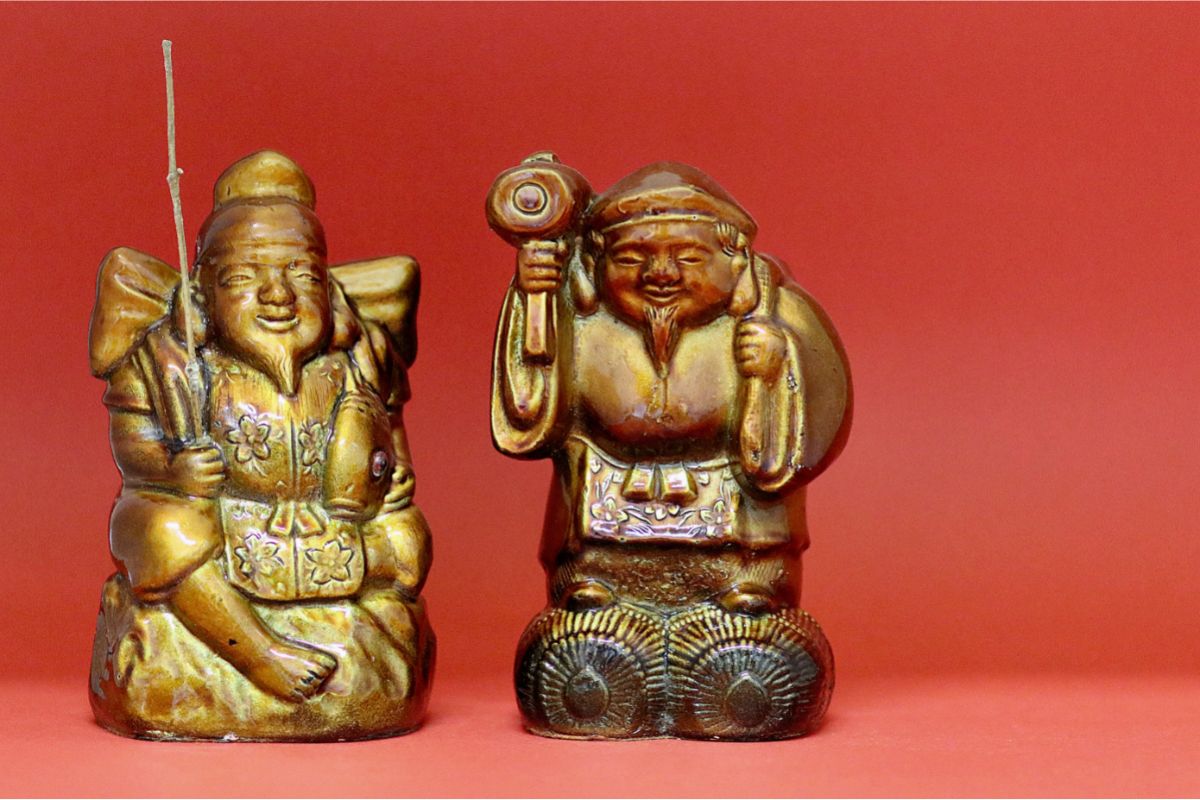
As this is a way of life, its followers are deeply impacted by these core beliefs in their everyday life.
An important aspect of Shintoism is the existence of kami. These are described as spiritual energies, similar to souls. Kami can be good or evil, but also neutral.
To find out more about kami, keep reading!
Are Kami Good Or Evil?
Simply put, there is no one after for whether kami are good or evil. Some are good, while others are not. All kami have the capacity to be both good and evil. Like humans, kami are flawed, and may have a bad temper. This can cause them to be destructive.
What Are Kami?
Unlike most other religions and belief systems in the works, Shintoism does not have gods or goddesses. Instead, there are kami – spiritual energies that are everywhere. These kami live in everything, from humans and animals to things like landscapes.
The kami that reside in humans are thought to be weakened by the human body. As the human dies, their kami is able to escape and be free. They will then live in one of the “otherworlds” described in Shintoism.
Once they make it to their otherworld, a human’s kami is able to move freely between works. They will visit their family and friends, especially when prayed to and given offerings by their loved ones.
How Many Kami Types Are There?
It can be difficult to truly understand the concept of kami. There are thought to be three distinct types of kami in Japan. These are as follows:
- Amatsukami (天津神) – heavenly and divine deities
- Kunitsukami (国津神) – the gods or spirits of the earthly realm
- Ya-o-yorozu no kami (八百万の神) – the countless kami
There are millions of kami in Shinto, as every human harbors a kami within them. However, some kami, like Amaterasu or Susanoo no Mikoto are Amatsukami, or heavenly deities.
How Do Kami Tie In With Shinto?
Kami are spiritual energies that are found in everything. They also take the form of various concepts that are important in life, like rain and wind, and even fertility.
In many ways, kami are much like gods, but even this is not a true reflection of what they are.
Are Kami Good Or Evil?
Like humans, kami can be good or evil. Some are even natural. There is no one answer, unfortunately. There will always be good kami, and evil kami, who send disasters and disease to the world.
Good kami may protect humans from such disasters, and influence a variety of natural forces and events.
Famous Kami In Shinto
There are a number of famous kami in Shintoism that stand out from the crowd. They all represent different things, and have their own set of powers. We will take a look at some of these kami below.
- Jizo
- Raijin and Fujin
- Agyo and Ungyo
- Inari
- Kannon
- Benzaiten
- Yebisu and Ebisu
- Amaterasu
- Shitenno
- Tengu
- Sugawara no Michizane
- Taira no Masakado
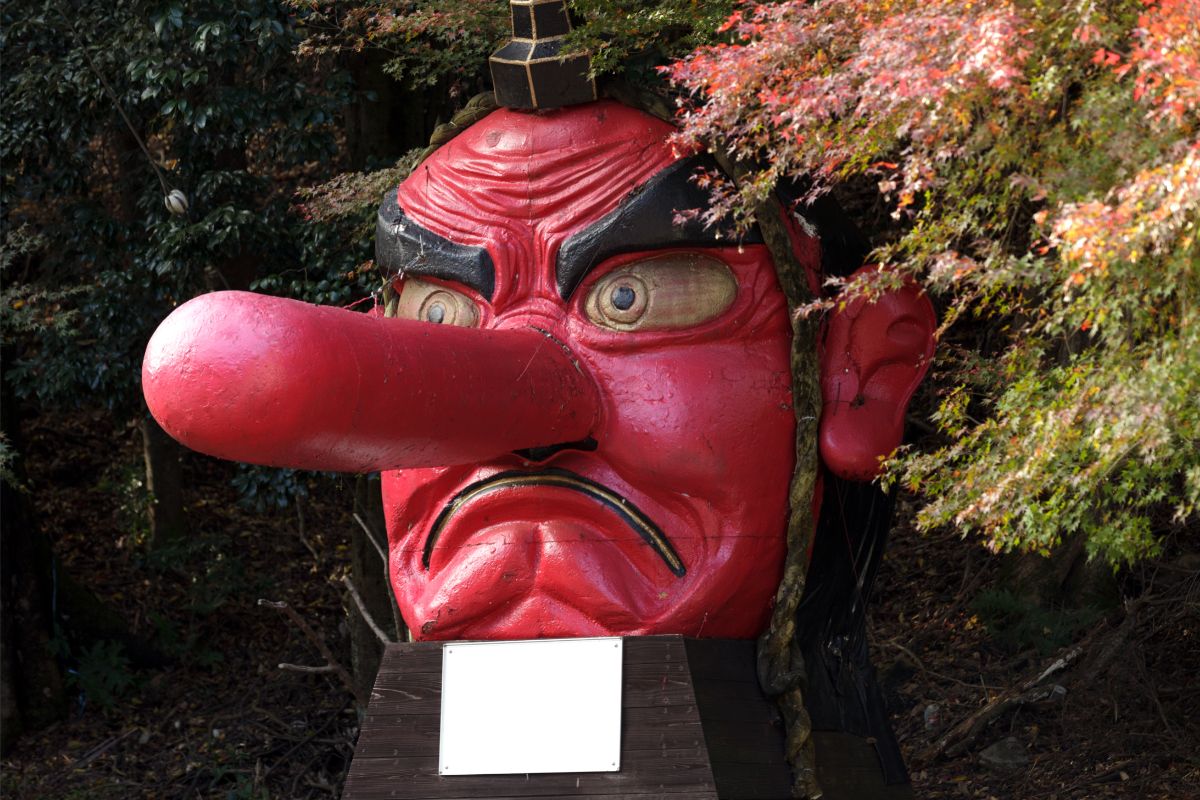
The Most Influential Kami In Shinto
Below are six of the most influential kami in Shinto. These kami are typically revered and given offerings by followers of Shinto to stay on their good side. Some of these kami are destructive, while others are more gentle beings.
Amaterasu – known as the great ancestress of the Imperial Family, and was “loved and worshiped by all”. Her sister is Susanoo, the sun Kami.
Susanoo no Mikoto – younger sibling of Amaterasu, Susanoo has both positive and negative connotations.
This deity is spontaneous and ferocious, and represents the seas and storms, but also the harvest. In some beliefs, Susanoo no Mikoto is associated with ideas, illness, and death. They have sudden changes in mood, making them dangerous and revered.
Inari – a child of Susanoo, Inari is a dual-gendered and highly respected kami. They symbolize the kitsune, or nine-tailed fox, and protect the rice fields. This deity is also said to symbolize prosperity, and abundance.
Izanami and Izanagi – siblings, Izanami and Izanagi produced all the other deities within the Japanese Shinto pantheon. The brother and sister are seen to be the first to have created a landmass, known as the island of Onogoro.
They also stopped the violence and chaos below heaven and used the Ama-no-hash-date stairway to bring peace to the seas.
Kuninotokotachi – this is the deity who came from the chaos that surrounded the world. He was born from a reed shoot, and lived on top of Fuji-san.
This deity is often seen as the supreme god of the land, and is the first deity mentioned in Kojiki’s “The Primordial Seven” (see also ‘What Is The Kojiki? – Important Shinto Texts Explained‘).
Kagutsuchi – a child of Izanami and Izanagi, Kagutsuchi is the deity of fire. He is most famous for murdering his mother in the Netherland.
When he was killed by Izanagi, his blood birthed many kami spirits. Because of how destructive Kagutsuchi’s fire can be, followers of Shinto follow struct rituals in houses made of wood to ward off his fire.
These kami are all incredibly powerful, and are capable of both good and bad acts. It’s important to know that the kami in Shintoism, while considered gods, are not perfect beings.
Many of the kami mentioned above are capable of wreaking horrific destruction and pain on the world and one another. As such, they can be both good and bad most of the time.
Kami like Kagutsuchi are typically seen as negative or evil kami. This kami murdered his mother, and his incredibly dangerous powers and abilities – fire.
Because of this, followers of Shinto make sure to give offerings and conduct rituals so that they do not experience his wrath.
What Can Kami Do In Shintoism?
Kami can have varying degrees of power, with some being incredibly powerful and others being benign. Many kami are powerful enough to influence natural forces such as wind and rain, and even impact human events.
They are able to grant blessings to people, or curse them. This will often depend on whether or not the individual asking for a blessing has stayed on the kami’s good side.
Kami who are not pleased with a person and their actions are unlikely to grant their blessing.
Final Thoughts
Kami are not always good or evil. They are flawed beings, and are prone to having both negative and positive traits and connotations. Some kami are more helpful and kind than others, but all are treated with respect and reverence.
There are millions of different kami in Japan. Every human has a kami that is weakened by the human body within them. Some kami are incredibly powerful, while others simply exist and live in their afterlife.
- How Much Money Can You Make Teaching English in Japan? - December 12, 2022
- The Best Places to Teach English in Japan - December 9, 2022
- The Best Credentials for Teaching English in Japan - December 8, 2022

